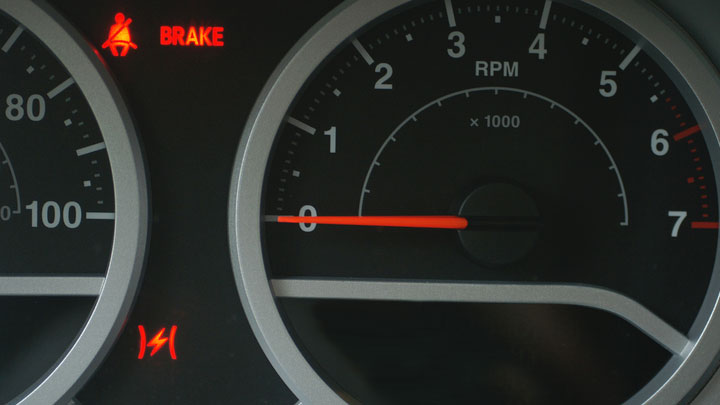Electronic Throttle Control Light On?
The accelerator pedal has evolved from a mechanical connection to the carburetor to a computer-controlled electronic throttle controller. Pressing the pedal sends a signal to the engine to go faster — an important function. In modern cars, an electronic throttle control system handles this task, monitored by sensors.
Warning lights like the electronic throttle control indicator light can alert you to a problem before it gets you stranded. Let’s take a look at how this system works, what causes the throttle light to come on, and whether it’s safe to continue driving. What is the Throttle Control Warning Light?The Throttle Control Warning Light is located on your car’s instrument panel.
Like the Check Engine Light (CEL), Traction Control light, or other warning lights, this light indicates a problem that may require corrective action. Consult your vehicle’s owner’s manual for more information.
If the TCL is constantly illuminated or flashing, the on-board diagnostic system (OBD2) has set one or more trouble codes. With a diagnostic tool, you or a service technician can view these codes and use them to find faults in your vehicle’s fuel-air delivery and related systems.
What does the Electronic Throttle Control light look like?
The TCL symbol on your dashboard looks like this: A short vertical flash between two vertical lines that bend inward. It’s usually yellow, red, or orange.
Note: Not all cars have a throttle warning light. Check to see if your car came with an owner’s manual (printed or online). Newer models of Dodge, Chrysler, and Jeep have this feature.
What causes the TCL to light up?The following faults can cause the throttle light to come on:
1) Electrical trouble with the ETC system
Loss or interruption of the signal between the ECU or accelerator pedal module.
Possible causes
1. Faulty wiring or loose/corroded connections
2. Pedal module failure
3. Mechanical failure of module connection to accelerator pedal
2) ACV butterfly valve inhibited
Valve cannot move smoothly from idle to full open
Possible causes
1. Dirt or corrosion around butterfly valve or shaft
2. Mechanical failure of butterfly valve
3. Water ingress into ACV can cause internal corrosion and servo failure
3) Sensor failure
Any failure or malfunction of a sensor, such as the throttle position sensor (located in the air control door), can cause the electronic throttle indicator light to come on. Symptoms of Electronic Throttle Control Problems
The above failures may affect engine operation. Interference with operation may include problematic behavior such as:
1. Engine stalling
2. Engine misfires
3. Rough or uneven idle
4. Inability to accelerate smoothly
5. Inability to maintain a constant speed
6. Reduced cruising speed
– The car does not speed up even after reaching a certain speed.
– This can happen if the ECU determines that going faster may cause damage to the engine or related systems. This is called limp home mode. 7. Engine won’t start or is hard to start
8. Noticeable reduction in fuel consumption
9. Black, smoky exhaust
ETC issues can sometimes be similar to other issues with the engine system, in which case OBD2 trouble codes can be extremely helpful in allowing for a proper diagnosis.

